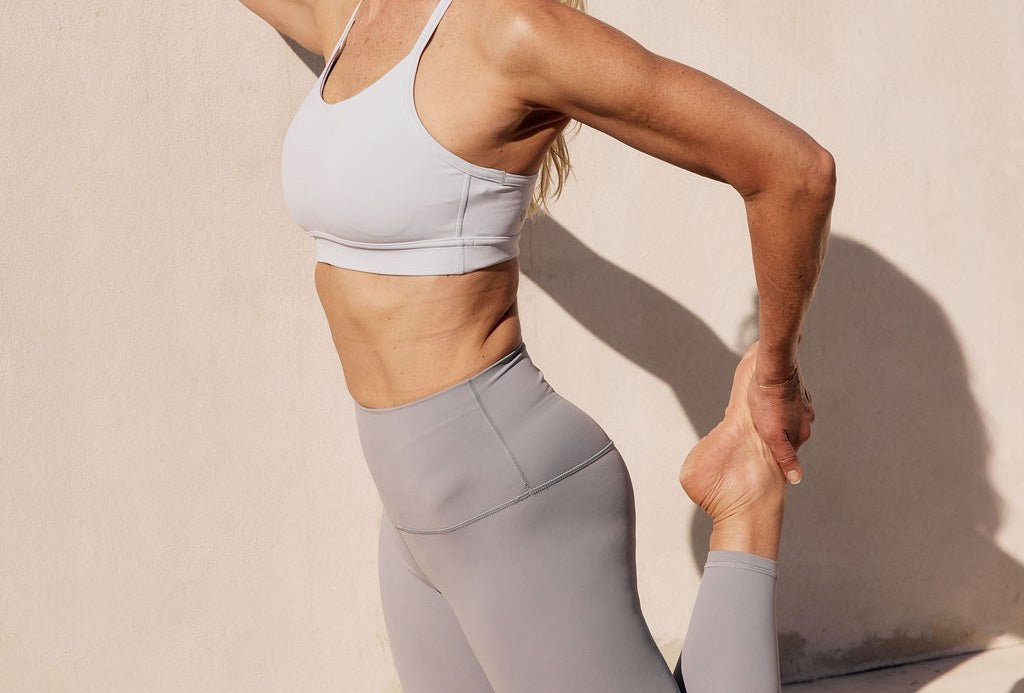
The One Simple Walking Habit That Can Save Your Hormones (and Sanity)
|
|
Time to read 2 min
|
|
Time to read 2 min
We’ve all had those days where the workout just doesn’t happen. The kids need you, work runs late, or frankly, you’re too tired to roll out the mat. Here’s the good news: you don’t have to write the day off. Research shows that something as simple as a brisk walk can be a total game-changer for women, especially during perimenopause.
And we’re not talking hours of power walking. Just short, intentional walks at a slightly faster pace can support your hormones, help keep your waistline in check, and even calm that anxious mind. Science says so.
As we head into perimenopause, hormones start to shift — and with it, energy levels, weight distribution, and mood. Studies show that brisk walking improves insulin sensitivity, which is key for managing those mid-afternoon crashes and stubborn belly fat. "A 60-min brisk walk increases insulin-stimulated glucose disposal in older women" ( profiles.wustl.edu).
A UK study found that just 10 minutes of walking boosted alertness and mood in women going through menopause. Translation? When anxiety or the blues creep in, stepping outside can reset your day in less time than it takes to scroll Instagram. "A 10-minute walk can increase alertness, mood, and energy levels" ( drlouisenewson.co.uk).
Midlife weight gain is real, and unfairly targets the tummy. Walking at a faster pace has been linked with lower risk of type 2 diabetes and reduced visceral fat. It’s not about burning huge calories, it’s about giving your metabolism the daily nudge it needs. "Faster walking speed is associated with better cardiorespiratory fitness and muscle strength. Brisk walking helps with weight loss, which can improve insulin sensitivity" ( medicalnewstoday.com).
Research has shown that women who combined brisk walking with light resistance training kept more muscle strength and balance, two things we naturally lose as oestrogen drops. This means fewer aches, better posture, and confidence in your body. "Brisk walking combined with moderate resistance training is feasible and effective" ( researchgate.net).
Missed your workout? Swap it for a 15–20 minute brisk walk.
After dinner, do a 5–10 minute walk around the block to help balance blood sugar.
Try intervals: 1 minute fast, 1 minute slower — repeat while pushing the pram or catching up on a podcast.
Walk outdoors whenever you can; nature itself works as medicine.
The key? You should feel a little out of breath, but still able to chat. That’s the sweet spot.
You’re juggling kids, work, hormones, and a million to-dos. No wonder the gym sometimes takes a back seat. But instead of guilt, think of brisk walking as your reset button, one that works for your body and mind. It doesn’t replace strength training or your program, but it makes sure you don’t lose ground when life gets in the way.
Because your health journey isn’t about perfection, it’s about what you do most days. And walking is the kind of most-days habit that pays off big.
Your body is unique — your workouts should be too.
Start Your Transformation